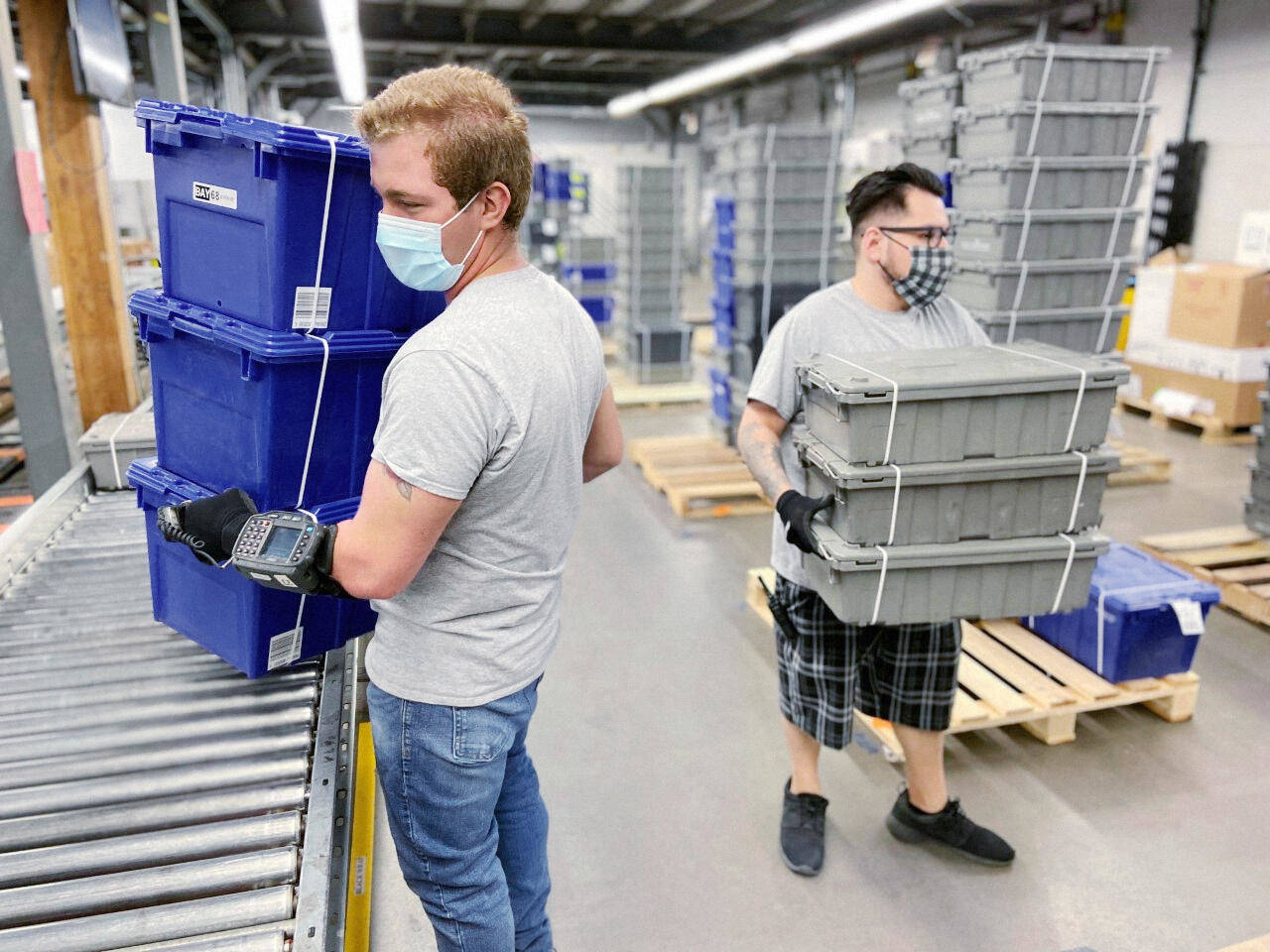Managing indirect costs of inventory management in veterinary practices
By MWI Animal Health

To successfully manage a veterinary practice or animal health facility, you'll need to get a handle on indirect costs—those pesky hidden expenses that can easily gobble up your profit margin. Indirect costs are the additional expenses associated with purchasing and managing inventory.
Evaluating your indirect costs, especially your labor costs, is an important aspect of managing inventory and operating a veterinary practice.
If labor costs related to inventory are too high, a practice spends more revenue than necessary to manage inventory. High labor costs can signal that staff spends too much time ordering, receiving and unpacking boxes. That time could be spent caring for patients, providing for clients, or growing the practice.
In addition, ordering multiple times a week or even every day, can be distracting and disrupting to veterinary hospital operations. An employee needs to stop what they are doing to unpack boxes, restock and break down packing materials every day, rather than just once or twice a week.
There are two types of indirect costs to consider in your inventory management strategy.
Holding costs are those associated with “holding" or storing an item. They include: utility and facility costs to protect that inventory from heat, cold and humidity; insurance premiums; losses from product expiration or shrinkage (theft, missed charges, etc.); and taxes paid on the inventory's value.
Expect the holding costs for a veterinary practice to range between 8 and 15 percent of the total unit cost. The longer the inventory is held, the higher your holding costs. Also, the total cost of carrying or holding your inventory will grow as your practice expands and purchases more stock.
Labor costs include any expenses related to the five R's of inventory replenishment: recognize, react, reorder, receive, and restock.
That means determining what you need to order, compiling the order, placing the order, receiving the order, and restocking shelves. Here's where efficiency matters: The more orders placed throughout the week, and the longer it takes to place an order, the higher your labor costs.
Generally, labor costs account for 15 to 20 percent of the total unit cost. When we look at both holding and labor costs, a practice incurs $0.25 and $0.35 of indirect inventory costs for every dollar spent on inventory.
The balancing act
Managing labor costs and holding costs is a delicate balancing act. The more often you order a product, the higher your labor costs but the lower your holding costs—because you have less inventory to manage. On the flip side, ordering more product less frequently means lower labor costs and, you guessed it, higher holding costs.
Say a practice wants to keep inventory costs down, and they order only a small amount of supplies at a time. If one particular product sells out frequently, the staff has to reorder it once or twice a week just to keep it in stock. Think about the amount of time it takes to compile that order, place the order, receive, and restock that particular product throughout the month.
When we run out of a particular product, we not only lose out on the revenue that the product would have generated, but we also miss the opportunity to provide our patients with the level of care we recommend. Let's look at in-house diagnostic labs for example. If we ran out of a particular blood chemistry rotor, we miss out on the revenue that rotor would have generated. But, more importantly, we can no longer run that chemistry panel for our patient and now we must find an alternative solution. Running out of items can impact potential profits, our patient care, the level of customer service we provide our clients, and can negatively impact our team's morale and frustration levels.
Consider if this a practice was on statement billing and only paid for inventory once per month. If a practice or facility orders a particular item six or seven times a month but only pays for that item once a month, imagine the indirect labor costs it will incur in the process.
Here are some tips for balancing your ordering and holding costs:
- When ordering, consider what you typically use or sell during a specific time period. Create a plan to strategically order a maximum of once or twice per week.
- With hospital supplies or white goods, for example, if your office normally orders 21 units once or twice a week, but the item comes in a box of 36, consider ordering a full box instead.
- Brainstorm creative ways to streamline the 5 R's of inventory replenishment with your team. These could include relying on your practice management software for reorder points and purchase order receipts; creating shopping lists in your online ordering account for frequently used items to cut down ordering time; using reorder tags on your hospital supplies and white goods instead of inspecting them every day; training team members on the proper procedures to unpack boxes; and ultimately, finding ways to make your inventory less of a manual process by leaning on your practice management software system.
Never underestimate the power of a trained and invested team in inventory management. Educate yourself and your staff on how to spot and correct inefficiencies. In the case of inventory management, time is money. If you streamline some of your processes, your profit margins can grow.




